Return
Gastronomy » Provinces, Cities, Villages... of Country
|
Ref ID: 1HD2016/1196 | Posted On: 05-12-2016 | Updated on: 05-12-2016
|
|
Gyumri City
| Gyumri | |||
|---|---|---|---|
 From top left: From top left:Gyumri with Mount Aragats • Mother Armenia Cathedral of Gyumri • Dzitoghtsyan Museum Independence Square • Sev Berd Fortress Vartanants Square and Gyumri City Hall |
|||
|
|||
| Nickname(s): Hayrakaghak ("Father-city") | |||
| |
|||
| Coordinates: 40°47′22″N 43°50′51″E | |||
| Country | |||
| Marz | Shirak | ||
| Founded | 5th century BC as Kumayri rebuilt in 1837 as Alexandropol |
||
| Government | |||
| • Mayor | Samvel Balasanyan | ||
| Area | |||
| • Total | 54 km2 (21 sq mi) | ||
| Elevation | 1,509 m (4,951 ft) | ||
| Population (2011 cenus) | |||
| • Total | 121,976 | ||
| • Density | 2,300/km2 (5,900/sq mi) | ||
| Demonym(s) | Gyumretsi | ||
| Time zone | AMT (UTC+4) | ||
| Postal code | 3101-3126 | ||
| Area code(s) | (+374) 312 | ||
| Vehicle registration | 45 am | ||
| Website | www |
||
History
Classical antiquity and the ancient Armenian Kingdom

The Orontid settlement of Gyumri, 5th-2nd centuries BC
Archaeological excavations conducted throughout the Soviet period have shown that the area of modern-day Gyumri has been populated since at least the third millennium BC. The area was mentioned as Kumayri in the historic Urartian inscriptions dating back to the 8th century BC. In 720 BC, the Cimmerians conquered the region and probably founded the Kumayri settlement, which bears phonetic resemblance to the word used by ancient Armenian in reference to Cimmerians.[2] Historians believe that Xenophon passed through Kumayri during his return to the Black Sea, a journey immortalized in his Anabasis.[3]
At the decline of the Urartu Kingdom by the second half of the 6th century BC, Kumayri became part of the Achaemenid Empire. The remains of a royal settlement found just to the south of Gyumri near the village of Beniamin dating back to the 5th to 2nd centuries BC, are a great example of the Achemenid influence in the region. However, at the beginning of the 5th century BC, Kumayri became part of the Satrapy of Armenia under the rule of the Orontids. An alternative theory suggests that Kumayri has been formed as an urban settlement in the late 5th century BC, ca. 401 BC, by Greek colonists.
Later in 331 BC, the entire territory was included in the Ayrarat province of Ancient Armenian Kingdom as part of the Shirak canton. Between 190 BC and 1 AD Kumayri was under the rule of the Artaxiad dynasty of Armenia. During the 1st century AD, Shirak was granted to the Kamsarakan family, who ruled over Kumayri during the Arsacid Kingdom of Armenia.
Medieval period
Following the partition of Armenia in 387 between the Byzantines and the Persians, and as a result of the fall of the Arsacid Kingdom of Armenia in 428, Shirak including Kumayri became part of the Sasanian Empire of Persia. In 658 AD, at the height of the Arab Islamic invasions, Kumayri was conquered during the Muslim conquest of Persia to become part of the Emirate of Armenia under the Umayyad Caliphate.[6]
Kumayri was a significant and quite-developed urban settlement during the Middle Ages. According to the Armenian scholar Ghevond the Historian, the town was a centre of the Armenian rebellion led by Artavazd Mamikonian against the Islamic Arab Caliphate, between 733 and 755. After 2 centuries of Islamic rule over Armenia, the Bagratids declared independence in 885 establishing the Bagratid Kingdom of Armenia.[7][8] Kumayri entered e new era of growth and progress, particularly when the nearby city of Ani became the capital of the kingdom in 961. By the second half of the 10th century, Kumayri was under the influence of the Armenian Pahlavuni family, who were descendents of the Kamsarakans. The Pahlavunis had a great contribution in the progress of Shirak with the foundation of many fortresses, monastic complexes, educational institutions, etc.[9][10]

Marmashen Monastery 6 kilometres (3.7 miles) northwest of Gyumri (10th century)
After the fall of Armenia to the Byzantine Empire in 1045 and later to the Seljuk invaders in 1064. Under the foreign rulers, the town had gradullay lost its significance during the following centuries, until the establishment of the Zakarid Principality of Armenia in 1201 under the Georgian protectorate. During the Zakarid rule, the Eaastern Armenian territories, mainly Lori and Shirak, entered into a new period of growth and stability, becoming a trade centre between the east and the west. After the Mongols captured Ani in 1236, Armenia turned into a Mongol protectorate as part of the Ilkhanate, and the Zakarids became vassals to the Mongols. After the fall of the Ilkhanate in the mid-14th century, the Zakarid princes ruled over Lori, Shirak and Ararat plain until 1360 when they fell to the invading Turkic tribes.[11]
By the last quarter of the 14th century, the Ag Qoyunlu Sunni Oghuz Turkic tribe took over Armenia, including Shirak. In 1400, Timur invaded Armenia and Georgia, and captured more than 60,000 of the survived local people as slaves. Many districts including Shirak were depopulated.[11] In 1410, Armenia fell under the control of the Kara Koyunlu Shia Oghuz Turkic tribe. According to the Armeian historian Thomas of Metsoph, although the Kara Koyunlu levied heavy taxes against the Armenians, the early years of their rule were relatively peaceful and some reconstruction of towns took place.[12]
Under the rule of the Turkic tribes, Kumayri was known to the Turks as Gümrü.
Early modern period

Saint Alexandra the Martyr's Russian Orthodox church, opened in 1837
In 1501, most of the Eastern Armenian territories including Kumayri were conquered by the emerging Safavid dynasty of Iran led by Shah Ismail I.[13] Soon after in 1502, Kumayri became part of the newly formed Erivan Beglarbegi, a new administrative territory of Iran formed by the Safavids. During the first half of the 18th century, Kumayri became part of the Erivan Khanate under the rule of the Afsharid dynasty and later under the Qajar dynasty of Persia.

Diorama of old Alexandropol with the Holy Saviour Church (1859-1873)
In June 1804, the Russian forces controlled over Shirak region at the beginning of the Russo-Persian War of 1804 and 1813. Kumayri became officially part of the Russian Empire at the Treaty of Gulistan signed on 1 January 1813 between Imperial Russia and Qajar Persia.
During the period of the Russian rule, Gyumri became one of the developing cities in the Transcaucasus. In 1829, in the aftermath of the Russo-Turkish War, there was a big influx of Armenian population, as around 3,000 families who had migrated from territories in the Ottoman Empire -in particular from the towns of Kars, Erzurum, and Doğubeyazıt- settled in and around Gyumri. The Russian poet Alexander Pushkin visited Gyumri during his journey to Erzurum in 1829.
In 1837 Russian Tsar Nicholas I arrived in Gyumri and changed the name into Alexandropol. The name was chosen in honour of Tsar Nicholas I's wife, Princess Charlotte of Prussia, who had changed her name to Alexandra Fyodorovna after converting to Orthodox Christianity.
A major Russian fortress was built on the site in 1837. Alexandropol was finally formed as a town in 1840 to become the centre of the newly established Alexandropol Uyezd, experiencing rapid growth during its first decade. In 1849, the Alexandropol Uyezd became part of the Erivan Governorate. The town was an important outpost for the Imperial Russian armed forces in the Transcaucasus where their military barracks were established (e.g., at Poligons, Severski, Kazachi Post). The Russians built the Sev Berd fortress at the western edge of the city during the 1830s in response to the Russo-Turkish War of 1828–1829.
Alexandropol had been quickly transformed to become one of the major centres of the Russian troops during the Russo-Turkish War of 1877–78. After the establishment of the railway station in 1899, Alexandropol witnessed a significant growth and became the largest city in Eastern Armenia. By the end of the 19th century, Alexandropol was home to 430 shopping stores as well as several workshops and cultural institutions.
20th century and beyond
In 1902, the first bank in the city was opened. Until the sovietization of Armenia in 1920, Alexandropol had 31 manufacturing centres including beer, soap, textile, etc. After the October Revolution of 1917 and the Russian withdrawal from the South Caucasus, the Ottoman forces launched a new offensive capturing the city of Alexandropol on 11 May 1918, during the Caucasus Campaign in World War I. However, the Ottomans withdrew from the city on 24 December 1918, as a result of the Armistice of Mudros.
The First Republic of Armenia was proclaimed on 28 May 1918, which included Alexandropol. On 10 May 1920, the local Bolshevik Armenians aided by the Musilm population, attempted a coup d'état in Alexandropol against the Dashnak government of Armenia. The uprising was suppressed by the Armenian government on May 14 and its leaders were executed. However, during another Turkish invasion, Turkish troops attacked Alexandropol and occupied the city on 7 November 1920. Armenia was forced to sign the Treaty of Alexandropol on December 3 to stop the Turkish advance towards Yerevan, however a concurrent Soviet invasion led to the fall of the Armenian government on December 2. The Turkish forces withdrew from Alexandropol after the Treaty of Kars was signed in October 1921 by the unrecognized Soviet and Turkish governments.[14]

Mother Armenia of Gyumri
Being under the Soviet rule, the name of the city was changed in 1924 to Leninakan after the deceased Soviet leader Vladimir Lenin. The city suffered an earthquake in 1926, when many of its significant buildings were destroyed including the Greek church of Saint George. Leninakan became a major industrial centre in the Armenian Soviet Socialist Republic and its second-largest city, after the capital Yerevan. The city suffered major damage during the 1988 Spitak earthquake, which devastated many parts of the country. The earthquake occurred along a known thrust fault with a length of 60 kilometers (37 mi). Its strike was parallel to the Caucasus range and dipped to the north-northeast. Bruce Bolt, a seismologist and a professor of earth and planetary science at the University of California, Berkeley, walked the fault scarp in 1992 and found that the vertical displacement measured 1 m (3 ft 3 in) along most of the length with the southwest end reaching 1.6 m (5 ft 3 in).[15]

Pope Francis in Gyumri, June 2016
The earthquake had a disastrous impact on the city, as many buildings are still not recovered. As of 2014, according to some news websites, between 4,000 and 5,000 residents of Gyumri remain homeless, although there are no official figures provided by the local authorities of the city.

Gyumri City Hall at the Vartanants Square
At the time of the breakup of the Soviet Union, the city was renamed Kumayri between in 1990 until 1992 when it was finally given the name Gyumri. The Russian 102nd Military Base is located in the city.[17]
Gyumri was celebrated as the Capital of Culture of the Commonwealth of Independent States for 2013. Major events took place in the city on 30 June 2013.[18]
On 12 January 2015, Valery Permyakov, a serviceman from the Russian 102nd Military Base, murdered seven members of an Armenian family in Gyumri.[19]
On 25 June 2016, Pope Francis delivered a Holy Mass at Gyumri's Vartanants Square. His Holiness Catholicos of All Armenians Garegin II also took part in the ceremony.[20]
Geography and climate
Gyumri is 126 kilometres (78 miles) north of the capital Yerevan at the central part of the Shirak plateau. It has an approximate height of 1,550 metres (5,090 feet) above sea level, the high altitude line being 1,500 metres (4,900 feet). The Akhurian River passes through the western suburbs. The Shirak plateau is surrounded with the Pambak Mountains from the east and Aragats volcanic range from the south. The city of Gyumri is 196 kilometres (122 miles) away from the Black Sea. The surrounding lands near the city are rich in tufa, basalt and clay.[citation needed]
Gyumri has a humid continental climate (Köppen Dfb), characterized by cold and snowy winters where the minimum temperature in extreme spells can plummet to −41 °C or −41.8 °F. On the other hand, summer in Gyumri is relatively hot with temperatures reaching up to 36 °C or 96.8 °F. The annual precipitation averages 486 millimetres or 19.13 inches.
Demographics
Population
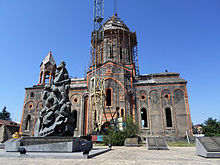
Church of the Holy Saviour being reconstructed after the 1988 earthquake

Saint Michael the Archangel Russian church
The population of Gyumri has gradually grown since 1840 after gaining the status of town. A huge decline of the population was due to the disastrous earthquake of 1988. The residents here have a distinct look and style, and a boundless pride in their city. The dialect of Gyumri is a variant of Karin dialect, closely related to Western Armenian.
Population and ethnic groups chart of Gyumri throughout history:
| Year | Population | Armenians (%) | Russians (%) | Others (%) |
|---|---|---|---|---|
| 1829 | ||||
| 1830 | ||||
| 1850 | ||||
| 1873 | ||||
| 1897 [23] | 316 Lithuanians, 266 Greeks, 127 Georgians |
|||
| 1914 | ||||
| 1923 | ||||
| 1926 [24] | ||||
| 1939[25] | ||||
| 1959 [25] | ||||
| 1970 | ||||
| 1984 | ||||
| 1989 | ||||
| 2001 | ||||
| 2010 |
Religion

Russian church of the Seversky 18th Dragoon Regiment 
Saint Gregory Church

Saint Arsenije Russian church

Saint Jacob of Nisibis Church

Cathedral of the Holy Martyrs
The majority of the population in Gyumri belongs to the Armenian Apostolic Church. The Cathedral of the Holy Mother of God of Gyumri -also known as the Cathedral of the Seven Wounds of the Holy Mother of God- is the seat of the Diocese of Shirak of the Armenian Church.[26]
The Armenian Catholic Church is a minority in Armenia and is under the jurisdiction of the Ordinariate of Armenia, Georgia, Russia, and Eastern Europe, based in Gyumri.[27] There are around 16,000 Armenian Catholics in the Shirak Province. The seat of the Ordinariate for Armenia, Georgia, Russia, and Eastern Europe for the Armenian Catholic Church is the Cathedral of the Holy Martyrs in Gyumri.[28]
The presence of the small Russian Orthodox community along with the Russian military base personnel is marked with the Saint Alexandra the Martyr's Church (within the Russian base), the Church of Saint Michael the Archangel and the Church of Saint Arsenije.[29]
However, many historic churches in Gyumri were either ruined or destroyed, including:
- Dprevank Monastery and the Basilic Church of old Kumayri dating back to the 7th century: it was the first ever church built in old Kumayri. However, the monastic complex was completely destroyed in 1852, during the construction of Russian military barracks.
- Saint George Greek Orthodox Church, opened in 1850. It was completely destroyed in 1933-34.
- Holy Mother of God Armenian Catholic Church, built between 1849 and 1854. Although standing, the building was turned into a private residence during the Soviet days.
- Russian church of the Seversky 18th Dragoon Regiment, built in 1856. It was consecrated in 1901 and destroyed during the Soviet days.
- Russian church of the Caucasian 7th Rifle Regiment, built during the 1850s. It was completely destroyed during the Soviet days.
- Russian church of the Caucasian 8th Rifle Regiment, built during the 1850s. It was completely destroyed during the Soviet days.
- Russian church of the Baku 154th Infantry Regiment, built during the 1850s. It was completely destroyed during the Soviet days.
As of 2016, Gyumri is home to the following church buildings:[30]
- Saint Alexandra the Martyr's Church within the Russian base, opened in 1837. It was completely renovated and reopened on May 8, 2008.
- Church of the Holy Saviour or Surp Amenaprkich, constructed between 1859-1873: designed to resemble the Cathedral of Ani. The church was heavily damaged by the 1988 Spitak earthquake and is currently under reconstruction.
- Surp Nshan or Holy Sign Church: Opened in 1870.
- Saint Gregory the Illuminator's Church, built between 1875 and 1880.
- Saint Michael the Archangel Russian Orthodox Church, loaclly known as Plplan Zham (the Shimmering Chapel), built between 1875 and 1880.
- Cathedral of the Holy Mother of God: also known as Seven Wounds of the Holy Mother of God, constructed between 1873-1884. Currently, it is the seat of the Diocese of Shirak of the Armenian Apostolic Church.
- Saint Arsenije Russian Orthodox Church of, built during the 1870s and opened in 1910. It is locally known as the church of Kazachi Post.
- Saint Hripsime Chapel, opened in 1992.
- Saint Jacob of Nisibis Church: or Surp Hakob Mtsbinetsi Church, opened in 2005.
- Surp Sarkis Chapel, built in 2008 and opened in 2011.
- Surp Minas Chapel, opened in 2013.
- Cathedral of the Holy Martyrs of the Catholic Armenians, opened in 2015.
Culture
Museums and art

Aslamazyan Sisters House-Museum 
House-Museum of Hovhannes Shiraz
Gyumri is home to many prominent museums of Armenia, including the House-Museums of sculptor Sergey Merkurov, poets Avetik Isahakyan and Hovhannes Shiraz, and actor Mher Mkrtchyan. The Aslamazyan Sisters House-Museum, built in the 1880s, is home to more than 700 drawings, paintings and other works of the Soviet-era artists "Aslamazyan sisters". The Dzitoghtsyan Museum of Social Life and National Architecture of Gyumri is an old mansion, housing collections related to both history and the everyday-life of Gyumri, as well as paintings and other works of art.
Throughout centuries, Kumayri-Gyumri was labelled as the "city of crafts and arts",[31] being famous for its schools, theaters and gusans.
In 1865, an amateur theatre group in Gyumri performed H. Karinyan's "Shushanik". In 1912, Gyumri was home to the first opera show ever staged in Armenia, when composer Armen Tigranian presented Anoush to the public in Alexandropol. In 1923, the first Armenian opera theatre was opened in Gyumri (where the first ballet performance in Armenia took place in 1924[32]), while the Vardan Ajemian State Drama Theatre was founded in 1928. Prominent directors Ruben Simonov and Vardan Ajemian, actors Mher Mkrtchyan, Azat Sherents and Varduhi Varderesyan worked in theatre. The theatre's new building was opened in 1972. The artistic director is Nikolay Tsaturyan. Gyumri is known for its 19th-century architecture and urban constructions.[31]
The first printing house of Gyumri was founded in 1876 by G. Sanoyan and operated until 1918. It published literary works (including Avetik Isahakyan's first book), calendars, textbooks. Another printing house, Ayg (founded 1892), published historical books and the first periodical of Gyumri, Akhuryan.[33]
Gyumri is home to the Gyumri Biennial, organized by the artist Azat Sargsyan and the Gyumri Centre of Contemporary Art (GCCA).[34] Gyumri was officially declared Commonwealth of Independent States cultural capital in 2013.[35]
Monuments

View of Kumayri

Araks Hotel at the Kumayri historic district
- Kumayri historic district: is the old part of Gyumri with its unique architectural style. It has more than a thousand buildings dating back to the 18th and 19th centuries. The district is one of few places in the Republic of Armenia, and the world, with authentic urban Armenian architecture. Almost all the structures of the Kumayri district have survived two major earthquakes, in 1926 and 1988. The historic district of Kumayri occupies the central part of modern-day Gyumri.
- Sev Berd or the Black Fortress (Armenian: Սև բերդ; Russian: Чёрная Кре́пость, Chornaya Krepost): is an abandoned Russian imperial fortress in Gyumri built between 1834 and 1847, located 8 kilometres (5.0 mi) east of the closed border with Turkey. It was erected in response to the Russo-Turkish War of 1828–1829. Currently, it is a national cultural heritage monument of Armenia.[36]
- The monumental statue of Mother Armenia erected in 1975.
- Vartanants Square, the central town square of Gyumri.
- Independence Square.
- Charles Aznavour Square.
- Garegin Nzhdeh Square.
- Gyumri Railway Station square.
- Gyumri Central Park, founded during the 1920s on the site of the old cemetery of the city.
The restoration process of the damaged buildings of Gyumri has been spearheaded by Earthwatch to preserve the city's unique architecture.[37]
Although suffering severe damages during the disastrous earthquake in December 1988, Gyumri is still preserving its own architectural characteristics.
Local customs
The residents are Gyumri are widely known as conservative people. Traditions and local customs are widely preserved by the local citizens. It is very common among Armenians to refer to the dignity of Gyumri (Armenian: Գյումրվա թասիբ, Gyumrva tasib).[38]
Gyumri is considered to be the "laughter and humor capital" of Armenia.[39] The jokes and anecdotes of famous local humorists like Jgher Khachik and Poloz Mukuch are widely known by the local citizens. Many works have been published to narrate about the legacy and heritage of the humor in Gyumri.[40]
Media
Gyumri has 3 regional TV stations:
- Tsayg TV, operating since 1991.
- Shirak Public TV, operating since 1992.
- Gala TV, operating since 2005.
"Shrjapat" weekly is the local newspaper of Gyumri.
Transportation
Air transportation
Gyumri is served by the international Shirak Airport, about 5 kilometres (3.1 miles) to the southeast of the city centre. It was inaugurated in 1961 and is the second largest airport in Armenia. It has scheduled flights to Moscow and Saint Petersburg.
At the beginning of 2006, the government of Armenia felt the importance of having a second international airport, when adverse weather conditions meant that many flights had to be diverted from Yerevan's Zvartnots International Airport into Gyumri's Shirak Airport. New air traffic control equipment allowed airport workers to identify planes in a 400-kilometre (250-mile) radius.[41]
Railway
The railway junction of Gyumri is the oldest and the largest one in Armenia. It was formed in 1897 and the first railway link to Alexandropol that connected the city with Tiflis was completed in 1899. The rail line was then extended from Alexandropol to Yerevan (in 1902), Kars (in 1902), Jolfa (in 1906), and Tabriz. As a result, Alexandropol became an important rail hub.
As of 2015, the Gyumri Railway Station operates regular trips to Yerevan, Tbilisi and (in the summer season) Batumi. The South Caucasus Railway CJSC, is the current operator of the railway sector in Armenia.[42]
Economy

The old building of Gyumri Brewery
During the pre-Soviet era, Alexandropol was considered the third-largest trade and cultural centre in Transcaucasia after Tiflis and Baku (Yerevan would not rise to prominence until being proclaimed as the capital of independent Armenia in 1918 and Armenian SSR in 1920).[43] At the end of the 19th century, the population of Alexandropol has grown up to 32,100 inhabitants, with a majority of Armenians.
The economy of Gyumri is mainly based on industry and construction. However, tourism and banking services are also among the developed sectors in the city.
The industrial sector in the provincial centre Gyumri includes the production of building materials (tufa and basalt), hosiery and textile manufacturing, food processing and dairy products, alcoholic drinks, electronic machines, etc. The largest industrial plant in Gyumri is the Gyumri-Beer Brewery opened in 1972. The factory produces a variety of lager beer under the brands Gyumri, Ararat and Aleksandrapol.[44] The city is also home to the "Factory of Bending Machinses" opened in 1912, the "Arshaluys" hosiery manufacturing enterprise established in 1926, the "Karhat" mchine tools plant opened in 1959, the "Chap Chemical LLC" since 1999, the "Armtex Group" clothing factory since 2000, and the "Lentex" hosiery manufacturing plant is operating since 2001. Other industrial firms of the city include the "Aleqpol" factory for dairy products, the "Anusharan" confectionery plant, and the "Gold Plast" plant for building materials.
The nearby village of Akhuryan is home to the "Lusastgh-Sugar" factory (opened in 2010), the largest sugar producers in the Southern Caucasus region.
Education
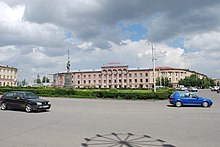
Progress University of Gyumri at the Independence Square

Gyumri Technology Center
Gyumri has a large number of educational institutions. It is considered the main cultural and educational centre of northern Armenia. The city has the following higher educational centers:
- Gyumri State Pedagogical Institute named after Mikael Nalbandian.
- Gyumri campus of the National Polytechnic University of Armenia:[45]
- Faculty of Technologies and sectoral economics,
- Faculty of Natural sciences and communication systems.
- Gyumri campus of Armenian State University of Economics, since 1997.
- Gyumri campus of Komitas State Conservatory of Yerevan.
- Gyumri campus of Yerevan State Academy of Fine Arts.
- Gyumri campus of Yerevan State Institute of Theatre and Cinematography.
- Gyumri campus of the European Regional Academy.
- Gyumri campus of Haybusak University of Yerevan.
- Progress University of Gyumri.
- Imastaser Anania Shirakatsi University.
In 2014, the Gyumri Technology Center was opened in the city in an attempt to turn Gyumri into a regional and international center of information and high technologies.[46]
As of 2015, the city is home to 47 public education schools, 23 nursery schools and 7 special schools for music regularly operating in the city.
Sport
Gyumri has a major contribution in the sports life of Armenia. Many Olympic and world champion wrestlers, weightlifters and boxers are from Gyumri. The city is notable for its worldwide champions in individual sports, such as Robert Emmiyan in long jump, Yurik Vardanyan and Nazik Avdalyan in weightlifting and Artur Aleksanyan in Greco-Roman wrestling.
The city is home to the Armenian football club FC Shirak. They play their home games at the Gyumri City Stadium, the oldest football stadium in Armenia, dating to 1924. Shirak are one of the most popular football teams in Armenia, having won the championship of the Armenian Premier League four times, with the most recent one in the 2012-13 season. Shirak have also won the Armenian Independence Cup once. The native of Gyumri and former Shirak player Artur Petrosyan was the all-time leading scorer for the Armenia national football team until his record was surpassed by Henrikh Mkhitaryan in 2013.
Aragats FC was the second football club that represented the city. However, the club was dissolved in 2002 due to financial difficulties.
The Gyumri Football Academy of the Football Federation of Armenia was opened on 13 September 2014. It is home to four natural-grass and two artificial turf regular-sized football training pitches.[47]
Many special sport schools are serving the young generation of Gyumri such as the school of gymnastics, the school of athletics named after Robert Emmiyan, the school of football named after Levon Ishtoyan and other special schools for boxing, weightlifting, wrestling, martial arts, fencing and chess. The Gyumri school of winter sports renovated in 2015-16, is named after Ludvig Mnatsakanyan.
Gyumri is home to the National Federation of Black Belts of Aikido (NFBBA) since 2012.
Gyumri is home to many former and current World, Olympic and European champions in several types of sports, including:
- Yurik Vardanyan, the seven-times world and the 1980 Olympic weightlifting champion in the -82.5 kg category.[48][49]
- Robert Emmiyan, the 1986 European champion in long jump.[50]
- Levon Julfalakyan, the 1986 world and 1988 Olympic Greco-Roman Wrestling champion (74 kg).[51]
- Mnatsakan Iskandaryan, the 1990 and 1991 world and 1992 Olympic Greco-Roman Wrestling champion (68 kg).
- Israel Militosyan, the 1989 world and 1992 Olympic weigntlifting champion in the men's -67.5 kg category.
- Mkhitar Manukyan, the 1998 and 1999 World Greco-Roman Wrestling champion (62 kg).
- Meline Daluzyan, the 2007 and 2008 European weightlifting champion in the women's -63 kg category.
- Tigran Vardan Martirosyan, the 2008 European weightlifting champion in the -85 kg category.
- Nazik Avdalyan, the 2008 European and 2009 world weightlifting champion in the women's -69 kg category.
- Arsen Julfalakyan, the 2009 European and 2014 World Greco-Roman Wrestling champion (74 kg).
- Tigran Gevorg Martirosyan, the 2010 world weightlifting champion in the men's -77 kg category.
- Artur Aleksanyan, the 2012, 2013, and 2014 European, 2014 and 2015 World, and 2016 Olympic Greco-Roman Wrestling champion (96 kg).
International relations

The Gyumri City Hall at night See also: List of twin towns and sister cities in Armenia
Twin towns – sister cities
Gyumri is twinned with[52][53][54][55]
 Alexandria, Virginia, United States of America (since 1990)
Alexandria, Virginia, United States of America (since 1990) Ashfield, United Kingdom (since 1998)
Ashfield, United Kingdom (since 1998) Białystok, Poland (since 2013)
Białystok, Poland (since 2013) Córdoba, Argentina (since 2002)
Córdoba, Argentina (since 2002) Créteil, France (since 2009)
Créteil, France (since 2009) Domodedovo, Russia (since 2014)
Domodedovo, Russia (since 2014) Glendale, California, United States of America (since 2015)
Glendale, California, United States of America (since 2015) Mozdok, North Ossetia-Alania, Russia (since 2011)
Mozdok, North Ossetia-Alania, Russia (since 2011) Nardò, Italy (since 2009)
Nardò, Italy (since 2009) Osasco, Brazil (since 2006)
Osasco, Brazil (since 2006) Pitești, Romania (since 2012)
Pitești, Romania (since 2012) Plovdiv, Bulgaria (since 2004)
Plovdiv, Bulgaria (since 2004) Thessaloniki, Greece (since 2000)
Thessaloniki, Greece (since 2000) Xi'an, China (since 2013).
Xi'an, China (since 2013).
Famous natives
|
|
Click on photo to view full image or click to watch video.

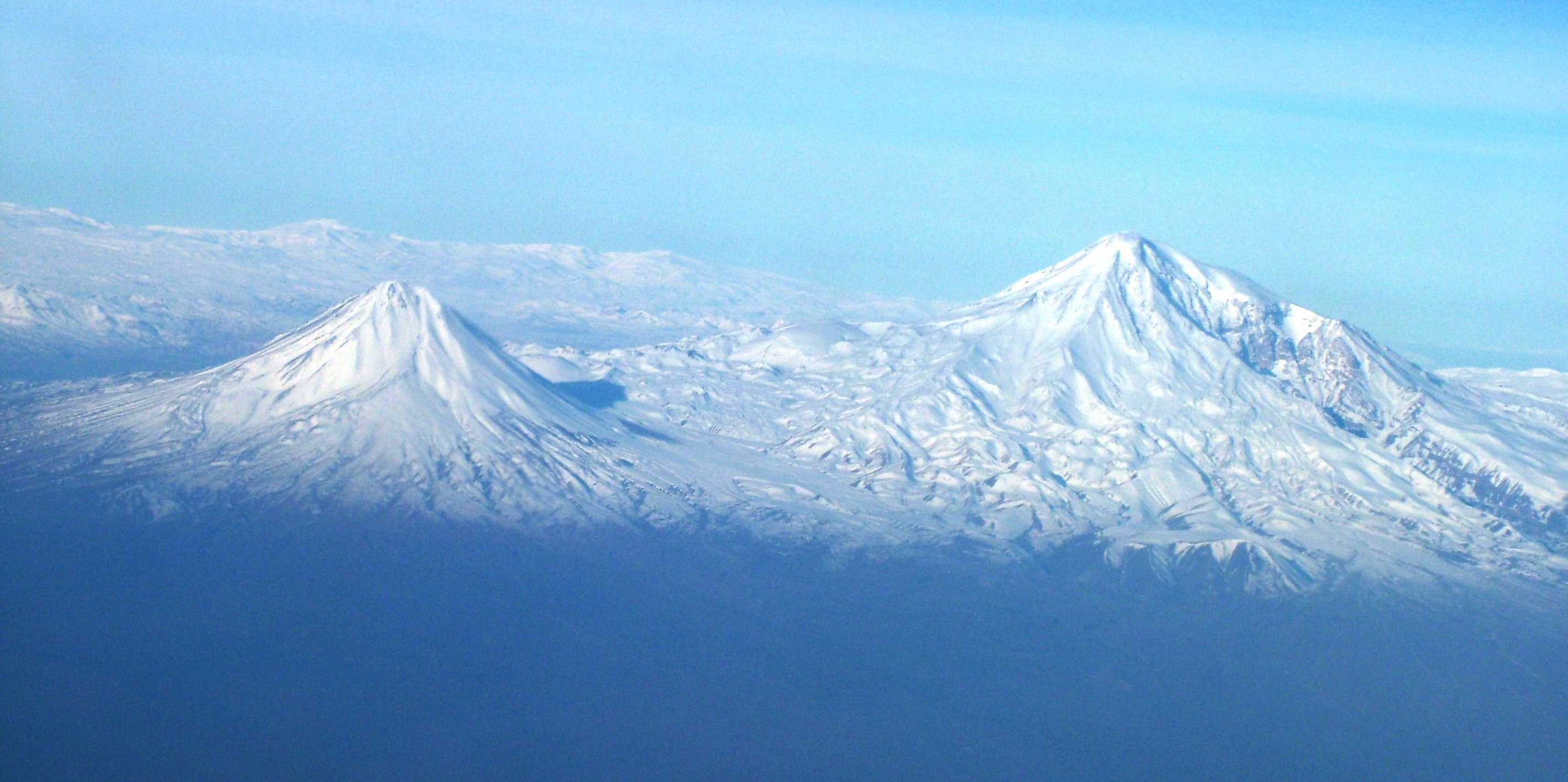





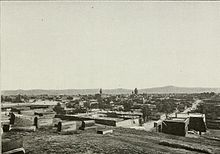




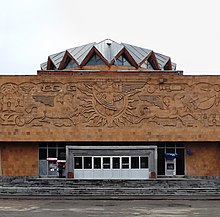
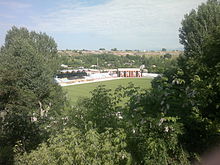


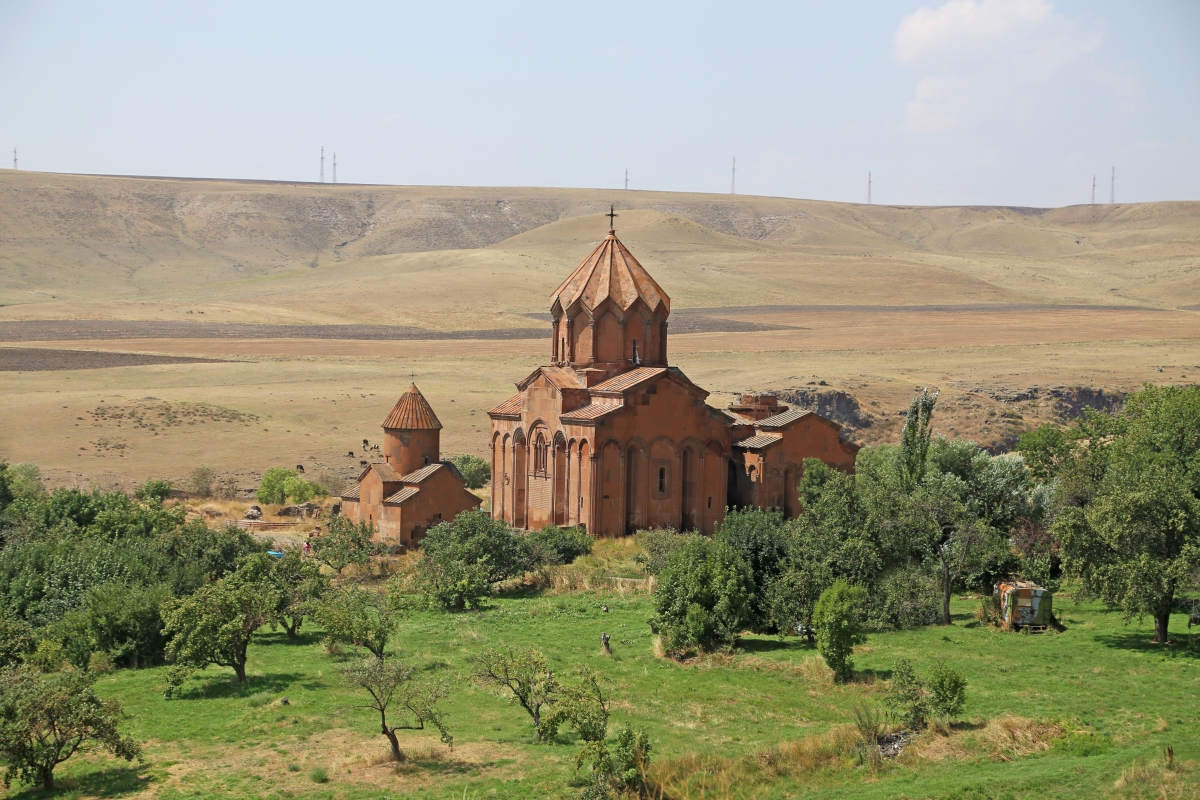
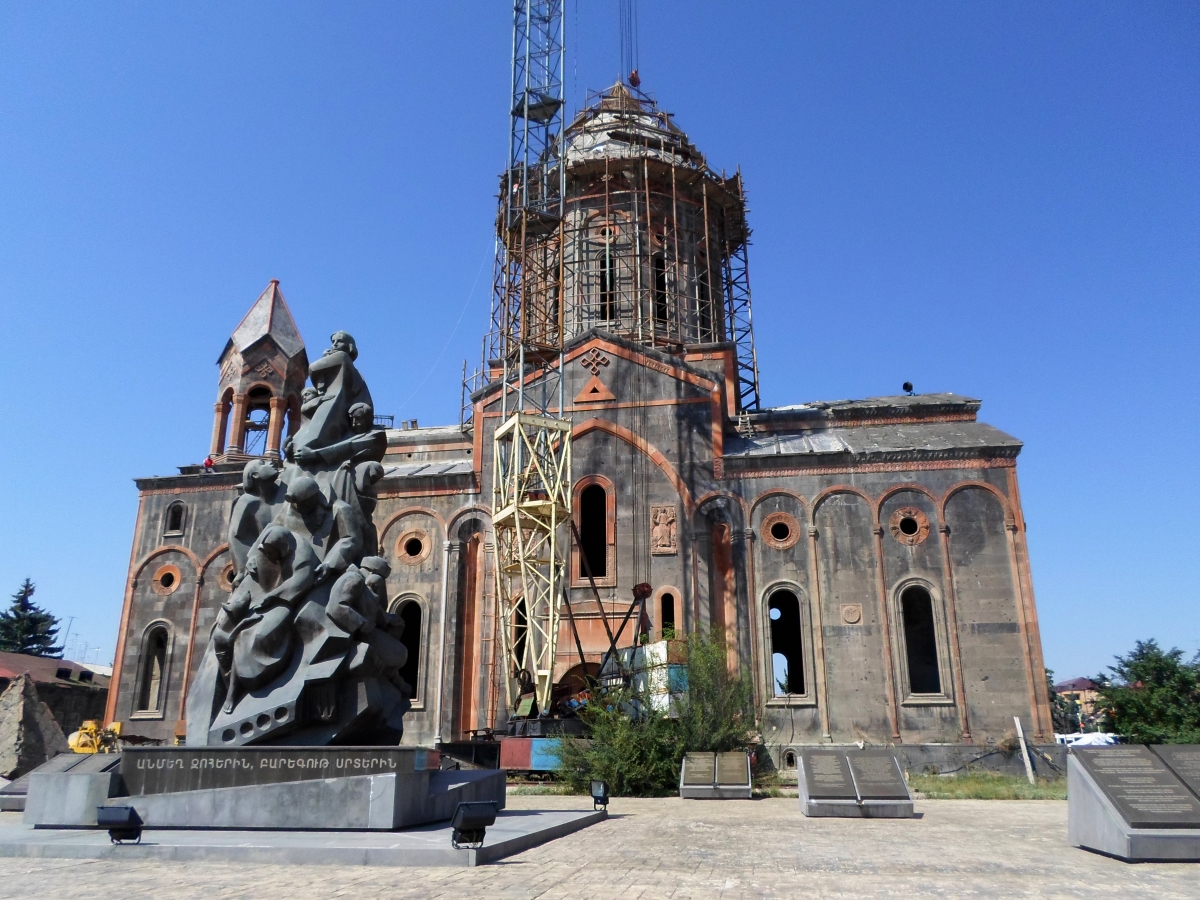
.jpg)